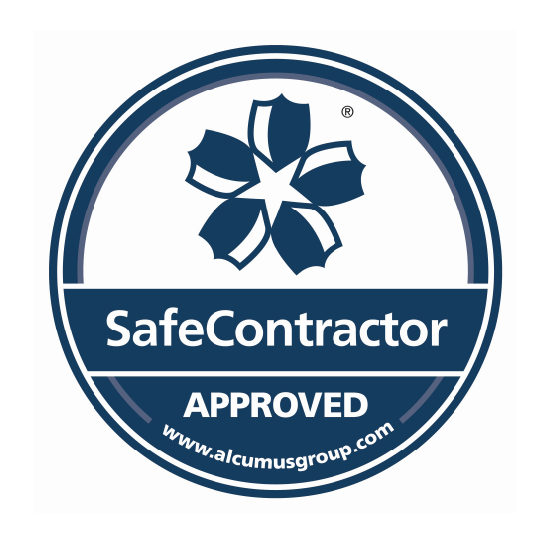What is emergency lighting?
Emergency Lighting is a necessary requirement in all premises where people are employed. It is a Life Safety System, designed to assist in the evacuation of a building in an emergency situation and in the event of a power failure. It is a mandatory requirement where artificial lighting is installed.
Emergency Lighting is a necessary requirement in all premises where people are employed. It is a Life Safety System which is designed to assist in the evacuation of a building in an emergency situation and in the event of a power failure. It is a mandatory requirement to be installed where artificial lighting is installed. During Emergency Lighting Testing all key components within the system will be tested and inspected. Included in this is a functionality test of key switches, luminaries and control equipment.
Emergency lights are installed to assist in evacuating a building in the event of loss of supply to the mains lighting circuits. These lights automatically operate for between 1 and 3 hours on a battery back-up system and must be checked to ensure they will work for the required duration in the case of an emergency.
All employers, landlords or occupiers have a duty under the “Fire Precaution (Workplace) Regulations 1999” and the Regulatory Reform (Fire Safety) Order 2005 to annually carry out a risk assessment to ensure their premises and activities are able to facilitate safe escape in the event of an emergency.
The Fire Precautions (Workplace) Regulations 1997 state that “Emergency routes and exits requiring illumination must be provided with emergency lighting of adequate intensity in case lighting fails.”It is the employer’s responsibility to ensure that these systems are suitably maintained and checked to ensure they are safe and compliant. All emergency lighting systems should now be installed, tested and inspected in accordance with BS5266-1.It is also a requirement under Article 14(2)(h) of the Fire Safety Order that the person responsible for a premises ensures adequate emergency lighting has been installed.
Emergency lights are required in all areas where artificial lighting is installed including:
- On escape routes
- Open areas greater than 60 square metres
- Areas of special riskNear to stairs and adequate to shine direct lights on all treads
- At any change of directionAt any changes in floor level
- Near to corridors and intersections
- Near to fire fighting equipmentNear to first aid points
- Outside each final exit point
Emergency Lighting Testing should be carried out by a fully qualified and experienced test engineer, such as a fully qualified electrician who has experience of test and inspection and has been trained and qualified in electrical inspection work specifically.
The test required is a simulated mains failure to the light unit for the duration of the hourly rating (1-3 hours). It requires that every circuit supplying an emergency light is isolated to demonstrate that the internal battery in the emergency fittings keeps the exits illuminated during a power failure. Each light is inspected to ensure it operates correctly and that the lamp inside is sound. The engineer will also ensure that there are a sufficient number of lights and check all fittings are correct.
Costs will depend on the type of building and the number of circuits to be tested, the availability of circuit data and whether testing takes place while the building is manned or vacant.












